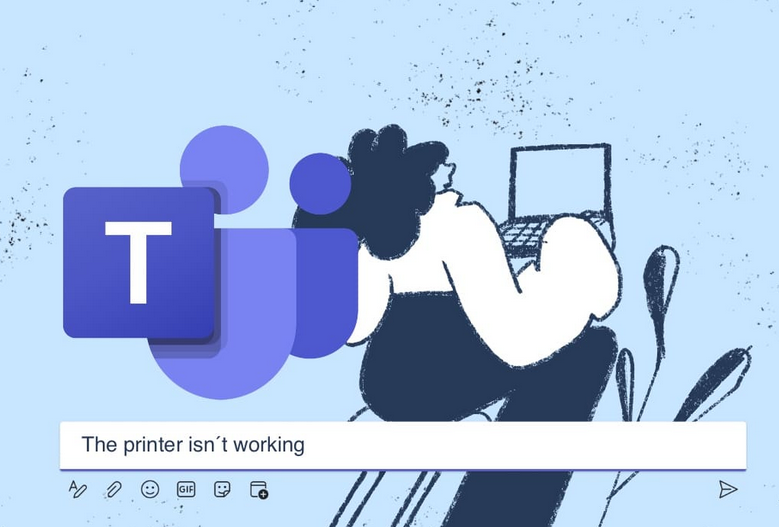
Ensure network security – Introduction to AWS Security Concepts and the Shared Responsibility Model
Ensure network security
Ensuring the security of your network is a key aspect of protecting your AWS environment. The way you define your VPC and subnets can significantly impact the security of your applications and resources. Proper network segregation can help avoid unnecessary exposure and potential security risks.
AWS provides a variety of services, features, and techniques to help you secure your VPC. For instance, security groups act as virtual firewalls for your instances to control inbound and outbound traffic. Network access control lists (NACLs) provide a layer of security for your VPC by controlling traffic in and out of one or more subnets.
For more advanced protection, AWS Network Firewall offers flexible, high-performance firewall protection for your AWS resources. It enables you to use familiar firewall rule syntax, threat intelligence feeds, and other features to help protect your VPCs against threats.
Understanding and implementing these network security measures is crucial for maintaining the security of your AWS environment. More details on how to keep your VPC secure, including best practices for infrastructure security, will be covered in Chapter 2.
Integrate security into your development life cycle
Incorporating security into the development life cycle is a crucial aspect of maintaining a secure AWS environment. This approach, often referred to as DevSecOps, involves weaving security practices into your DevOps processes.
The principle of shifting security left is a core principle of DevSecOps. This concept encourages the integration of security early in the development life cycle. Addressing security issues during the development phase, rather than post-deployment, allows for more effective and efficient identification and mitigation of security risks.
Automation is another key element of DevSecOps. Security tasks such as code analysis, configuration management, and vulnerability scanning should be automated to ensure consistent application of security policies and to minimize the risk of human error.
Continuous monitoring and improvement are essential in a DevSecOps approach. Applications and infrastructure should be continuously monitored for security issues. Tools such as AWS CloudTrail and Amazon CloudWatch can be used to log and monitor activity in your AWS environment. Regular reviews and updates of security practices based on these insights are recommended.
The concept of security as code is also integral to DevSecOps. This involves defining security controls and requirements in code files that are versioned and reviewed as part of the software development life cycle. This approach allows for consistency, repeatability, and auditability of security policies.
Finally, fostering a culture of shared responsibility for security within your organization is crucial. Collaboration between development, operations, and security teams should be encouraged to ensure that everyone understands their role in maintaining security.
By integrating security into the development life cycle, security becomes a continuous focus, rather than an afterthought. More details on how to integrate security into your CI/CD pipelines will be explored in Chapter 12.
Archives
- August 2024
- July 2024
- June 2024
- May 2024
- April 2024
- March 2024
- February 2024
- January 2024
- December 2023
- October 2023
- September 2023
- August 2023
- July 2023
- May 2023
- March 2023
- January 2023
- December 2022
- November 2022
- August 2022
- June 2022
- April 2022
- March 2022
- January 2022
- December 2021
- October 2021
- August 2021
- June 2021
- April 2021
- March 2021
- January 2021

Leave a Reply